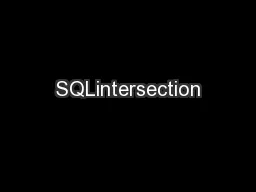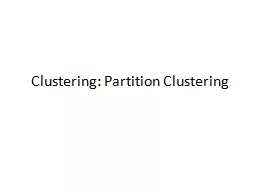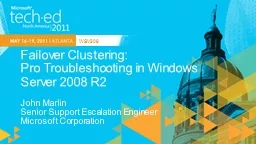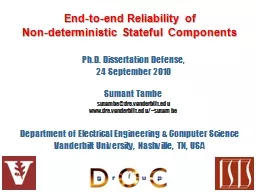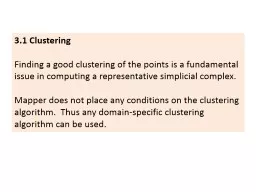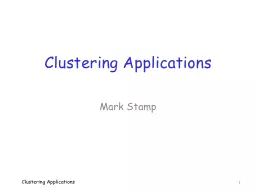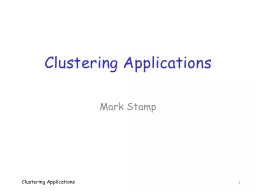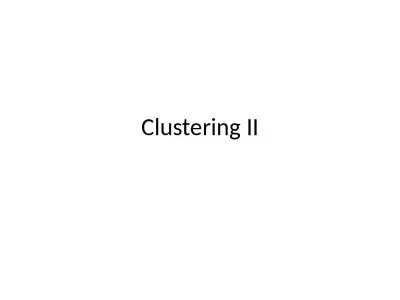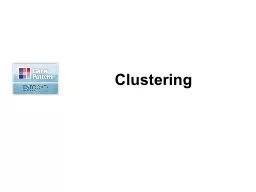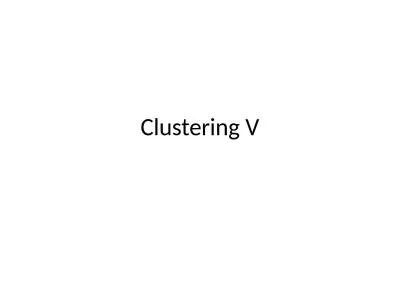PPT-Failover Clustering: Quorum Model Design for Your Private C
Author : natalia-silvester | Published Date : 2016-06-26
Amitabh Tamhane Senior Program Manager Windows Server Clustering MDCB403 Session Objectives And Takeaways Session Objectives Walkthrough Cluster Quorum Fundamentals
Presentation Embed Code
Download Presentation
Download Presentation The PPT/PDF document "Failover Clustering: Quorum Model Design..." is the property of its rightful owner. Permission is granted to download and print the materials on this website for personal, non-commercial use only, and to display it on your personal computer provided you do not modify the materials and that you retain all copyright notices contained in the materials. By downloading content from our website, you accept the terms of this agreement.
Failover Clustering: Quorum Model Design for Your Private C: Transcript
Download Rules Of Document
"Failover Clustering: Quorum Model Design for Your Private C"The content belongs to its owner. You may download and print it for personal use, without modification, and keep all copyright notices. By downloading, you agree to these terms.
Related Documents



